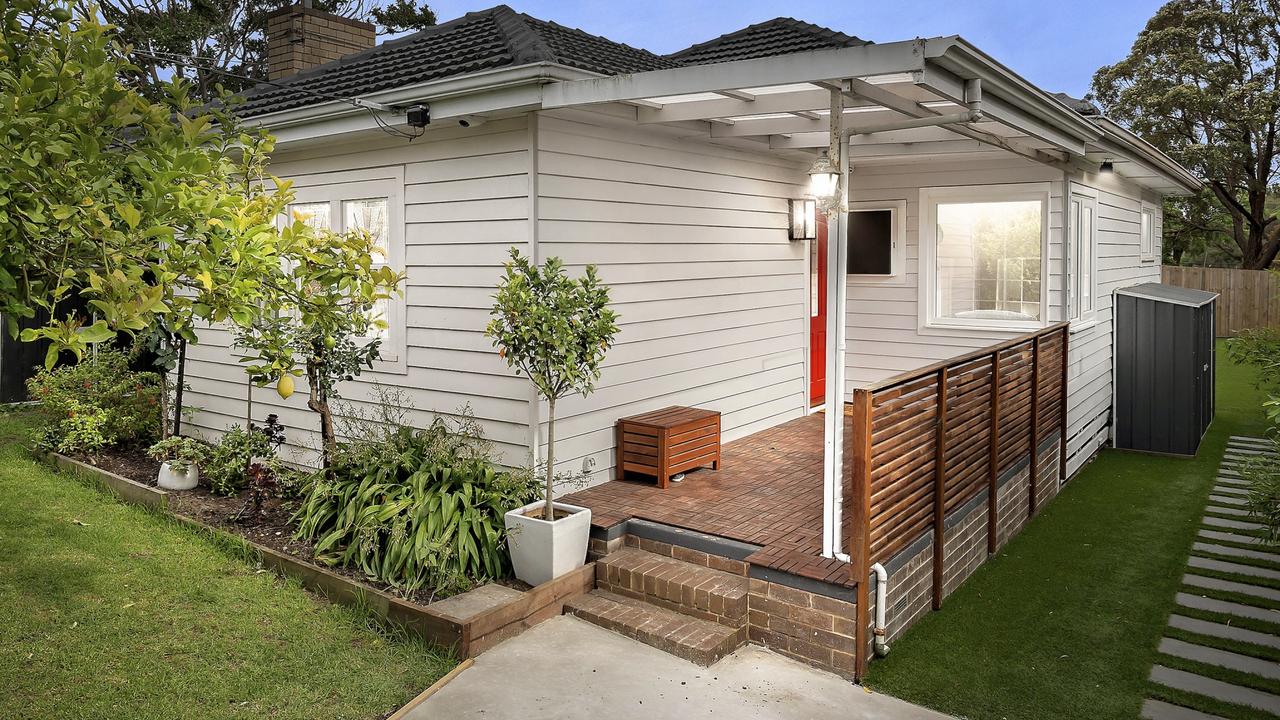APRA maintains 3 per cent buffer rate as experts warn refinancers are at risk
The banking regulator has confirmed a move that could prevent borrowers from switching to a lower rate loan but data shows a third of borrowers may not be able to afford another rate hike.

Borrowers with a lower income could be stuck paying hundreds of dollars more each month on loan repayments as the country’s banking regulator maintains its current guidance on assessment rates.
On Monday, the Australian Prudential Regulatory Authority (APRA) announced banks would continue to be required to apply a 3 per cent interest rate buffer when assessing loan applications despite the official cash rate surging 3.25 per cent since the rule was introduced.
Comparison site Canstar said the move meant many borrowers were at risk of being stuck and unable to refinance to a lower interest rate.

In October 2021, APRA increased the buffer rate from 2.5 per cent to 3 per cent as a measure to protect borrowers against biting off more than they could chew when interest rates were at record lows.
MORE: Shock number of homeowners behind on repayments
Fears of fixed rate cliff grow after RBA move
This meant borrowers had to demonstrate they could afford the repayments on their loan if interest rates increased 3 per cent.

Since then, the cash rate has increased from 0.1 per cent to 3.35 per cent, causing analysts to question whether the higher buffer rate would be kept in place as the cash rate reached its peak.
In an update on its macroprudential policy settings, APRA stated a 3 per cent buffer continued to be appropriate “given the potential for further interest rate rises, high inflation and risks in the labour market.”
Analysis from Canstar shows borrowers looking to refinance to a lower interest rate could be at risk of having their application declined despite already paying a higher rate with their existing lender.

The analysis shows a borrower repaying a $500,000 loan over 30 years at an average variable interest rate of 5.92 per cent who applied to refinance to a lower rate loan of 4.69 per cent would be assessed at a rate of 7.69 once the buffer was applied.
While such a switch could potentially save the borrower $382 a month, if the lender determined the borrower couldn’t afford repayments at 7.69 per cent, the borrower would be declined and unable to reduce their borrowing costs.

Ironically, if the borrower could afford the higher repayments, they would most likely be able to take advantage of a lower rate loan.
It comes as data from Real Insurance shows more than one-third of homeowners (36 per cent) feel they won’t be able to afford their mortgage repayments if interest rates continue to rise.
In addition, about 88 per cent of renters and those living with their family or in a partner’s home believed the current economic environment was preventing them from buying a property.
Canstar’s Editor-at-Large and money expert, Effie Zahos said the 3 per cent buffer was working against borrowers trying to refinance to a lower rate.

“Ironically the very regulation designed to protect consumers is working against those borrowers in mortgage prison,” Ms Zahos said.
“In some cases, the benefits should be taken into consideration rather than the rules. If borrowers have not defaulted on their repayments in the past 24 months, have the equity and their risk assessment remains the same, then surely refinancing to a lower rate should be possible.”
Data from Mozo shows one in two borrowers haven’t considered calling their lender to ask for a lower variable rate despite many lenders charging existing customers a higher rate.

“It’s shocking to think that so many Aussies have just bunkered down and accepted higher repayments rather than getting on the phone and negotiating a better deal,” Mozo’s personal finance expert Claire Frawley said.
“If you’ve been a loyal home loan customer, it is worth a shot to see what your lender will do. If they don’t come to the party, then you can start to look around at other possible options.”
MORE: How I saved $60k on my loan with one call to my bank
Shock results for distressed home sellers
Top tips to help beat property market chaos
Originally published as APRA maintains 3 per cent buffer rate as experts warn refinancers are at risk



